
Israel for the adventurous: great outdoors a treat for nature enthusiasts
More commonly associated with violent division, the Middle Eastern country nevertheless has plenty to offer the nature-loving visitor
A gazelle gazes at us across a patch of thistles. It’s a slightly built member of the antelope family, with a slender face and upright ears flanking two short horns. Nearby is another, with slightly longer horns; a male. The pair stroll from behind the thistles to graze on grass and white flowers, affording fine views of their mostly brown fur, slender legs and the white rumps that help signal danger as they bound away from predators.
It may seem unsurprising to come across these animals in a place called Gazelle Valley, but this reserve is in the Jewish suburbs of Jerusalem, surrounded by new residential blocks.
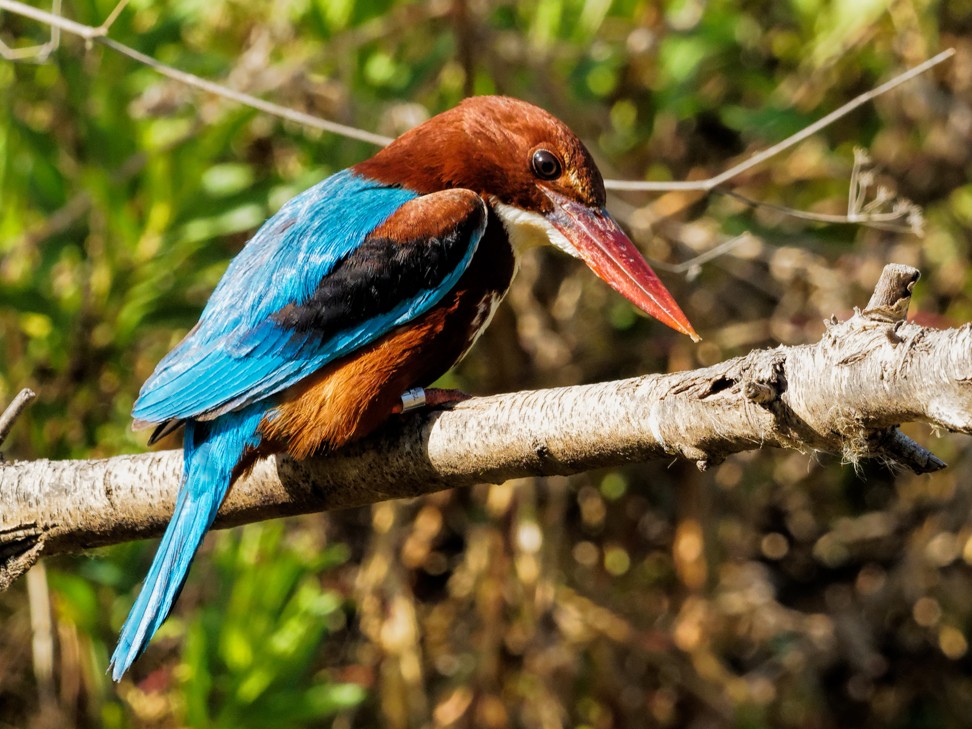
Mountain gazelles once ranged widely across northern Israel, but hunting and habitat destruction have led to them becoming globally endangered. The Pri Har Valley, to give it its official name, is their last habitat in Jerusalem, and in 2015 was opened as the country’s first urban nature reserve.
The valley provides a pleasant contrast to the crowded, narrow streets of old Jerusalem and the sometimes fatal tensions of a city claimed as a capital by both Israel and the Palestinian Authority.
About 2km to the north is tranquil Sacher Park. From a small observatory on its fringes, we watch warblers, finches and other songbirds arrive to drink and bathe. A kingfisher with a white breast and turquoise wings perches on the branch of a small tree just metres away.
We head east, towards the Dead Sea, in a taxi; few buses cross this part of the West Bank and the driver offered a good deal. Green fields and pine woods give way to a rolling landscape of semi-desert, yellowish grass blending with the sparse soil.
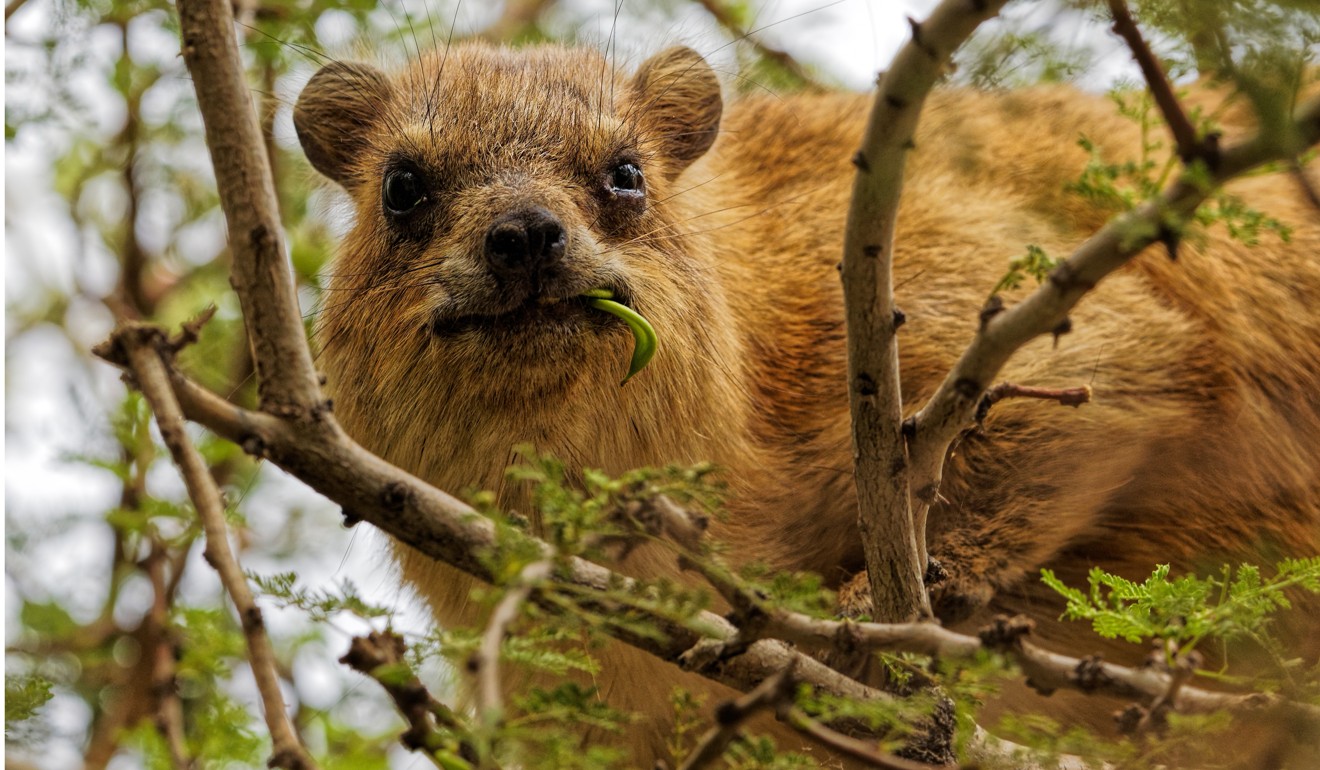
We pass the suburban-style housing of a large settlement – not classed as a town, but home to Jewish settlers who elbowed out the former residents of the land.
The road descends as the land dips. “That’s the sign for sea level,” says the driver, indicating a signboard by a parking area on the right, and we continue to head on down into the Great Rift Valley, a scar in the Earth’s crust that extends south through East Africa to Mozambique.
Soon we’re heading south along the western shore of the Dead Sea, the surface of which is 430 metres below sea level; put the base of Two IFC, Hong Kong’s second tallest building, at the waterline, and its roof would still be about 10 metres lower than the surface of the Mediterranean sea, 70km to the west. The rocky desert to our right is almost bereft of vegetation, other than the occasional date palm plantation, cliffs of ochre sandstone towering in the distance.
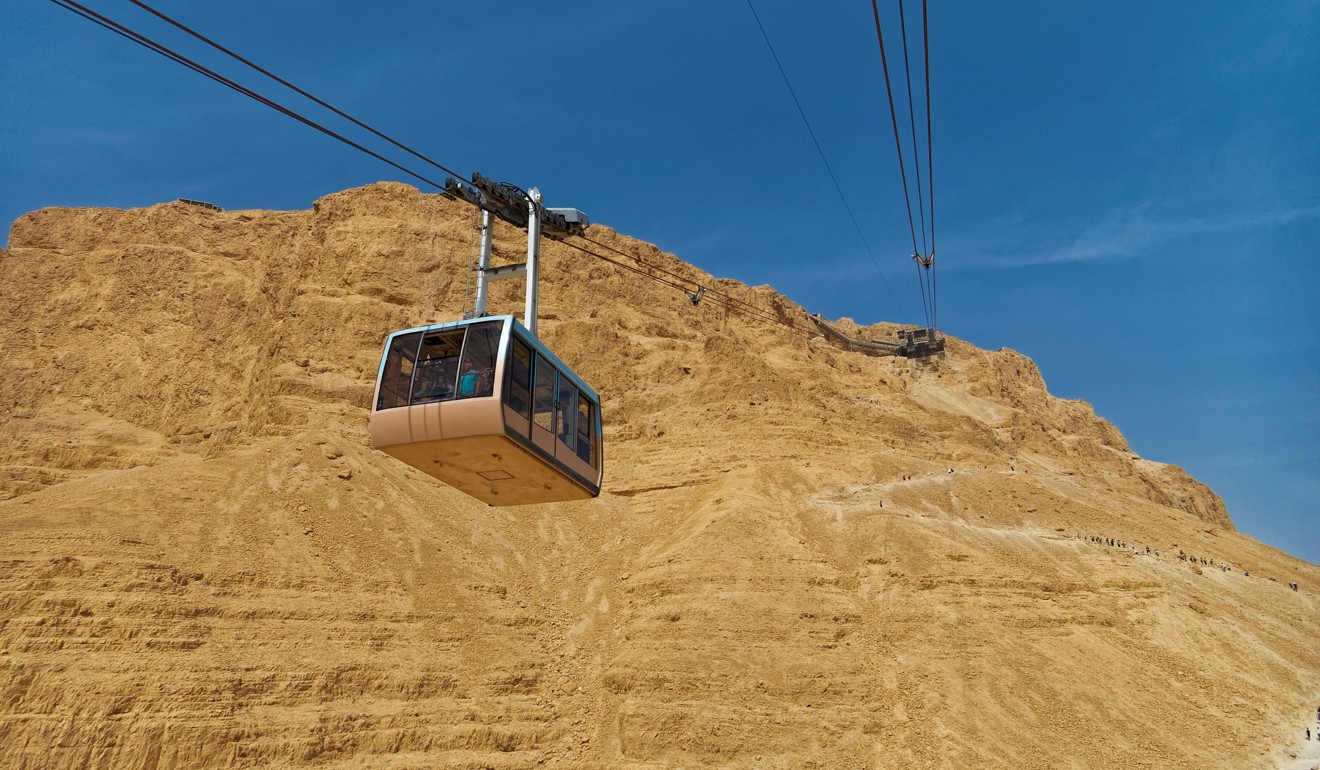
Having stopped by a table mountain standing slightly apart from the main line of cliffs in the Masada National Park, we ride the world’s lowest cable car, climbing 234 metres yet arriving at a station that’s still 33 metres below sea level. The hilltop is ringed by cliffs, and its plateau was the site of a fortress and two palaces, built between 37BC and 31BC by Roman client king Herod the Great.
Some three decades after Herod’s reign, Masada was captured by Jewish rebels. Roman forces laid siege, eventually building a ramp on a rocky spur, which, according to historians, prompted more than 900 defenders to commit suicide.
One of the Roman ruins, Herod’s Western Palace, has well-preserved mosaic tile floors, another housed a bathhouse the size of a squash court. People survived on this arid plateau, which is slightly larger than Cheung Chau, by harvesting water from infrequent rainfall supplemented with supplies carried up by donkey and stored in cisterns carved from the cliffs.
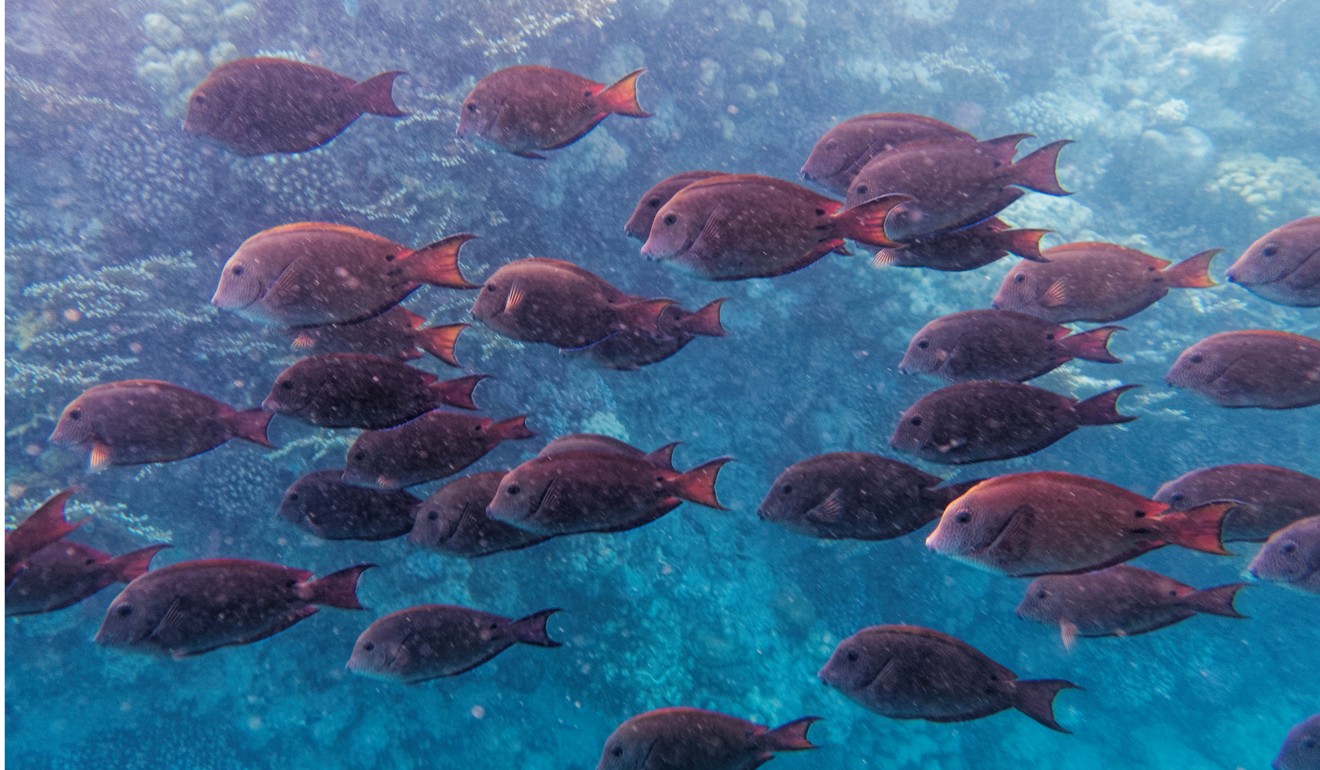
One of these caverns is just below the upper cable car station. An entry larger than a doorway opens onto a barely illuminated rock-walled chamber big enough for a fair-sized swimming pool – with not a drop of water in sight.
We head back north, close to the West Bank’s southern border and the reserve at Ein Gedi – “Spring of the Young Goat” – to hike alongside a spring-fed stream, up a ravine fringed with trees and clusters of papyrus. We pass grazing ibex, which look similar to gazelles but are stouter. Rock hyraxes also seem used to visitors; although they resemble wombats or giant hamsters, they’re related to elephants.
Migrating birds of prey stream overhead; broad-winged buzzards, eagles and kites are among the millions of birds that pass through Israel each year, en route from African wintering grounds to breeding areas in north Eurasia.
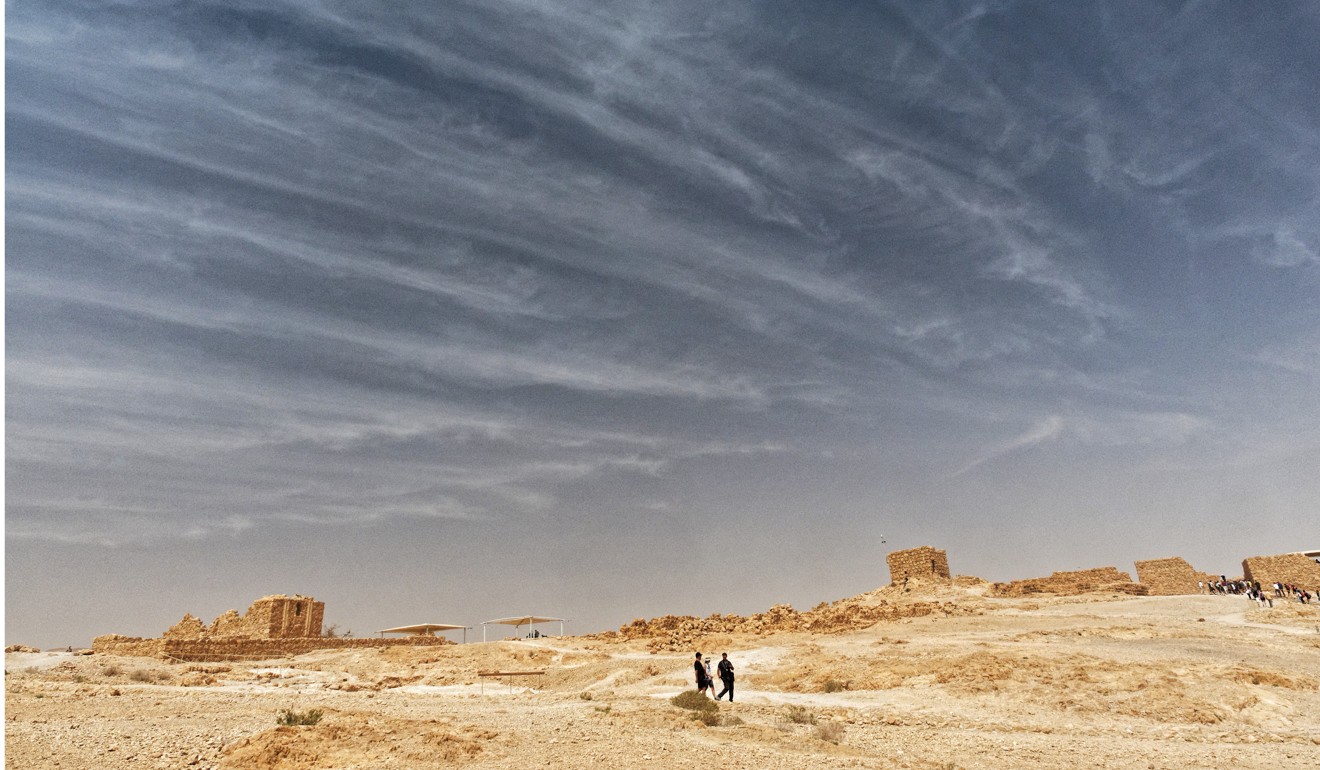
Few buses pass through the area, but the one we’re waiting for at a shelter a few minutes walk from our Ein Gedi hostel arrives on time, for a 2½-hour journey from the Dead Sea, south through the Negev Desert, following a highway across a plain of undulating gravel and sand, bounded by more sandstone cliffs. The few stops made are to drop off or collect passengers at kibbutzim – communal farms that draw water from underground; patches of green in a landscape one could describe as Martian.
The bus arrives at its final destination, Eilat, a resort beside the Gulf of Aqaba in southernmost Israel. This is a hot spot for birdwatchers, who come to see the huge migration that skirts the eastern Mediterranean, and I have fond memories of visiting in the early 1980s, enjoying the small town and finding birds in kibbutz fields and date palm groves. But that was then; imposing mega resorts now sprawl along the main beach, and the primary birdwatching area is a modest wetland reserve built on a former rubbish dump at the edge of town. Fortunately, there are birds, including flamingos, to be found on nearby salt pans.
We stay in Airbnb accommodation, in the cosy rooms of a family whose warm welcome is a reminder that there is more to Israeli society than hard-nosed politics and military might.
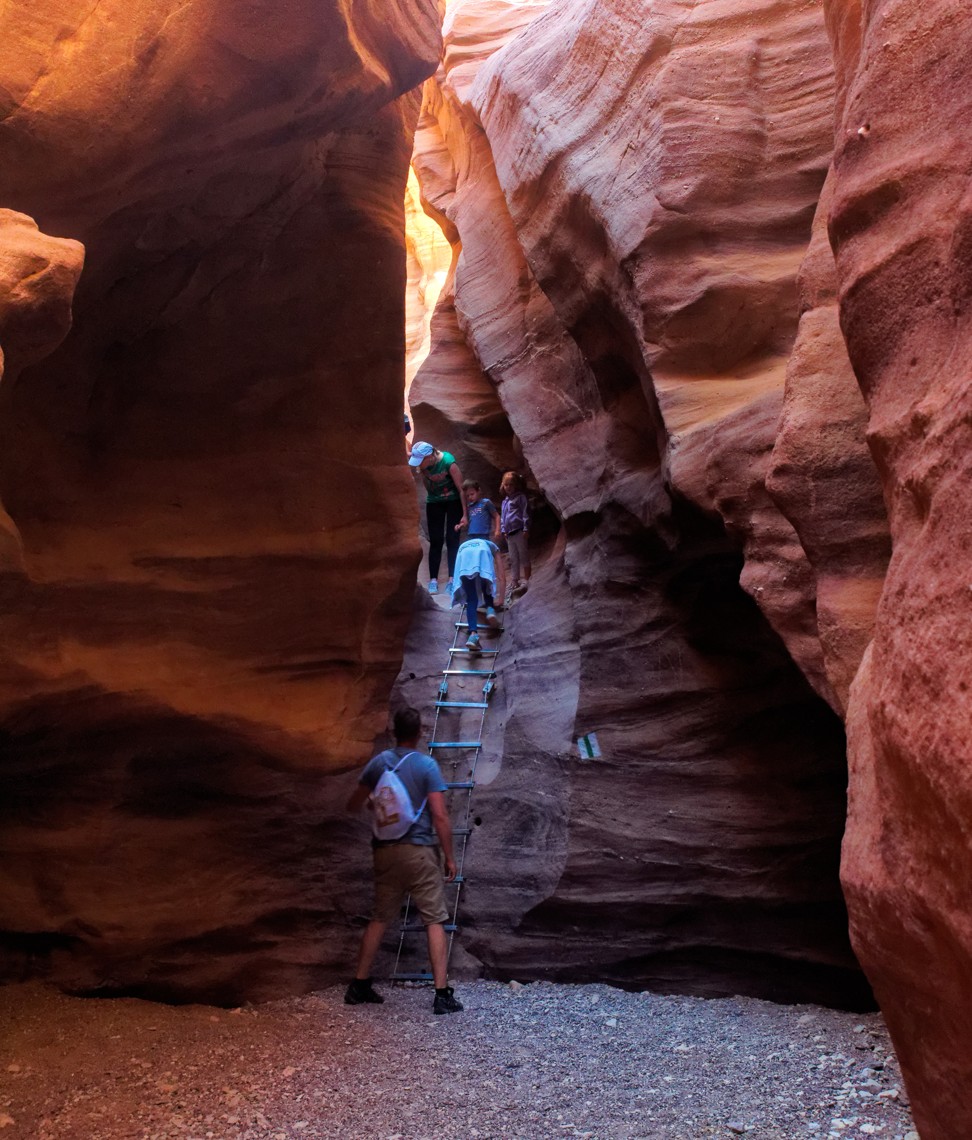
About 20km north of Eilat is Red Canyon, a narrow cleft through rust-tinted sandstone. When not being carved by rushing torrents during the occasional flash flood, it’s bone dry. A hike through the main canyon takes us little more than half an hour, and is made easier by a couple of small metal ladders, running down dry waterfalls. Above the canyon, a couple of hundred metres to the west, a fence marks the border with Egypt.
As we return towards Eilat, our driver suggests I photograph a tank near an army post, but the crew prove distinctly camera shy – perhaps mindful that in Gaza (about 250km to the northwest) that morning, a Palestinian farmer was killed by an Israeli tank shell.
Coral fish are a key Eilat attraction and can be admired without even getting wet, at the Underwater Observatory Marine Park, in two viewing halls set 12 metres below the water surface.
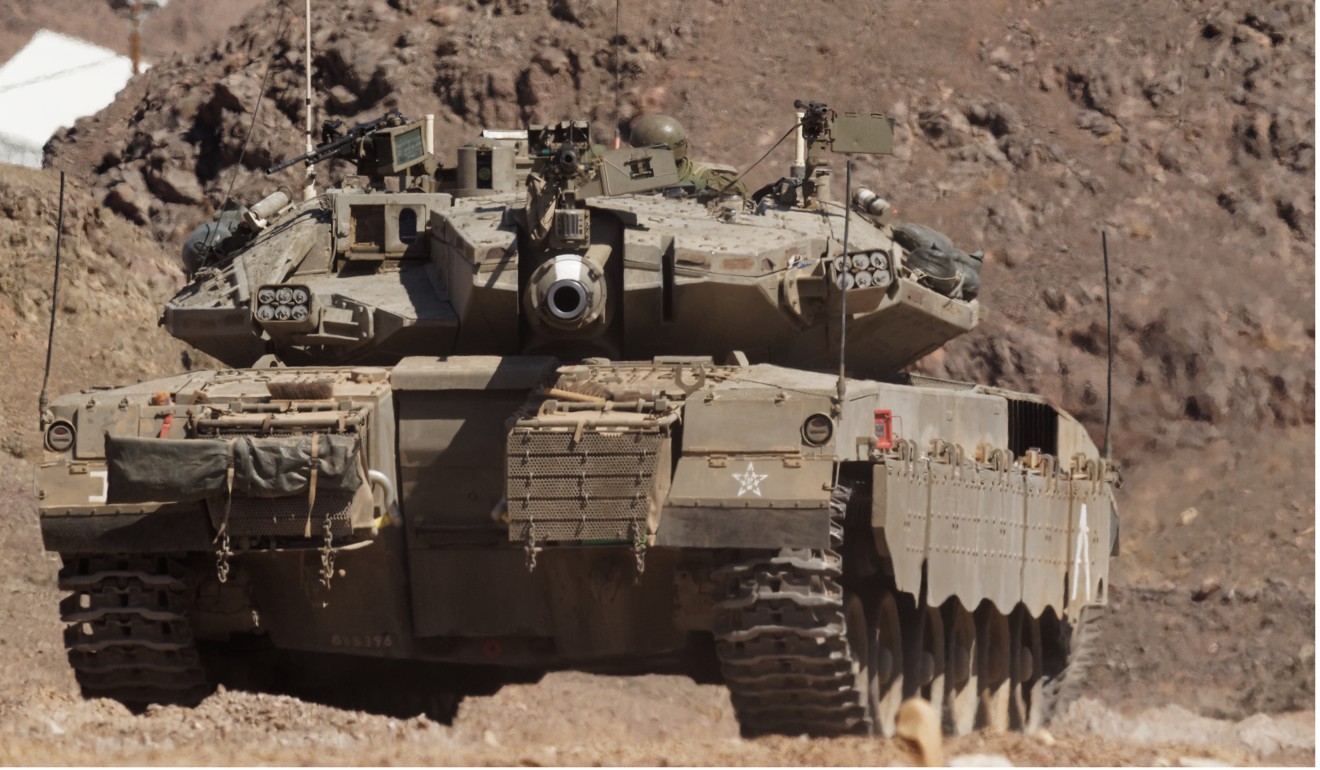
At the Coral Beach Nature Reserve next door, the water is surprisingly chilly. Snorkelling along a wall of coral just beyond the tideline, we notice a difference from Hong Kong marine parks, where fishing is permitted – here the fish are plentiful, and confident.
A school of dark red fish the size of my hand swims past, followed by pale fish marked by black vertical bands and a pair of intense blue butterfly fish with shocking yellow tails: a fittingly colourful end to a trip through a country with a surprising amount to offer the wildlife enthusiast.
Getting there
Cathay Pacific and El Al fly direct from Hong Kong to Jerusalem.

